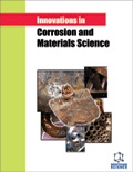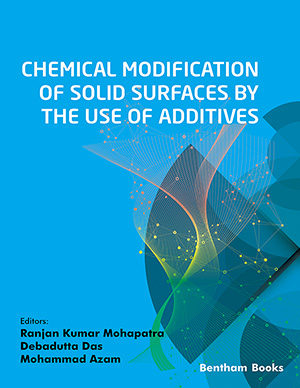Abstract
Shallow geothermal energy can be exploited in any location by ground heat exchangers (GHE), which consist of pipes placed either horizontally in trenches or vertically in boreholes in the ground. The cost of the GHE is primarily determined by the pipe cost per unit length and the total required length. For a given type of ground and completion conditions, the main parameter that affects the required length of a GHE is the thermal conductivity of the pipe material. The preferred pipe construction materials are usually high density polyethylene (HDPE) as the plastic with the highest thermal conductivity, in a much lesser extent cross-linked polyethylene (PEX) for relatively higher temperature applications, and even stainless or galvanized steel in some other installations. In this paper, alternative metallic materials with higher thermal conductivity as well as thermoplastics available in market were evaluated for shallow geothermal use. The evaluation was made in terms of expected GHE service life based on literature review of buried piping systems, estimation of the required GHE length per unit energy output by computer simulations and cost estimation using current market prices.
Keywords: Pipe materials, shallow geothermal energy, ground heat exchangers, BHE, service life, BHE costs.
 21
21 1
1 1
1 2
2





